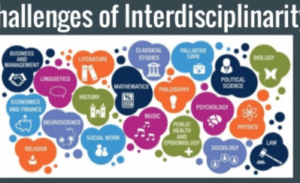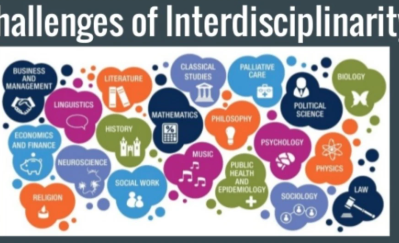How Interdisciplinary Topics Improve Learning for NYC Diverse Students?
How Interdisciplinary Topics Improve Learning for NYC Diverse Students? For pupils with varied learning requirements, interdisciplinary themes provide a strong basis. This method creates coherent learning opportunities from disciplines like science, language arts, and social studies. Lessons are spun together around fundamental principles rather being taught separately in every field.
For students who profit from several teaching approaches, interdisciplinary themes provide several points of access into difficult ideas. This strategy fosters greater involvement, improves memory, and helps comprehension in a middle school for special needs in New York City. Lessons connected to real-world concepts help students to grasp and remember knowledge.

Subjects That Reflect Practical Relevance
Interdisciplinary themes let colleges create courses around more general concepts like community, change, or identity. Every theme combines ideas from several fields so that students may observe how topics interact. This kind of theme study promotes inquiries and interest.
These ideas frequently find roots in the surroundings of NYC schools. Students could investigate issues of local history, urban growth, or cultural diversity. Leveraging the city as a teaching tool encourages involvement and helps to bring the content alive outside of the textbook.
Supporting Diverse Learning Models
Not every student absorbs material the same way. While some students find great benefit from movement or narrative, others flourish with images. Teachers can include all of these modalities using interdisciplinary themes. This produces a classroom open to many learning profiles free from labels or restrictions.
Group projects, practical exercises, and field trips support the material and offer chances for social and emotional learning. These adaptable models support fairness in NYC’s inclusive academic environments—including therapeutic schools. Every student can access the materials within a framework that encourages comprehension, interaction, and original thought.
Speech and Communication Development
Traditional middle school environments might provide challenges based on language-related learning gaps. By means of multidisciplinary themes, students engage in numerous situations in practicing vocabulary, grammar, and expression. Reading and writing become part of history, science, and art courses rather than separating language arts teaching.
This repeated across-subjects support memory and comprehension. Through debates, pictures, and writing assignments included into every topic, teachers can highlight ideas. This approach helps create strong basic language abilities for long-term success in NYC, where social and intellectual development depends on communication ability.
Life Beyond School: Developing Skills
Additionally emphasized in interdisciplinary themes are fundamental life skills. Classes are designed to develop time management, executive ability, and teamwork. For many students with learning disabilities, these are areas of major development. Learning becomes purposeful and linked helps pupils be more ready to negotiate the demands of puberty and beyond.
Exposure to skills like planning, teamwork, and problem-solving helps New York City children be ready for high school and community service. Lessons related to daily life and urban navigation also help one to become independent. This harmonic approach helps students to see the world and themselves in balance.
Developing a Dynamic and Responsive Classroom
Including multidisciplinary ideas allows teachers to stay sensitive to the requirements of their students. Student comments and performance shape lessons. Teachers can see where knowledge can falter and modify their plans.
In a middle school, particularly one intended for a diverse student body, this adaptability is crucial. Schools that provide responsive, theme-based learning keep meeting students where they are in NYC’s academic scene and propel them with intention. Interdisciplinary topics address more than only content delivery. They design a structure whereby pupils feel accomplished, supported, and visible.
A deliberate mix of support and academics.
Presentation of material often determines academic success. For pupils with learning disabilities, traditional models might not provide the adaptability required for them to flourish Particularly in small classrooms, multidisciplinary education lets teachers adjust materials and pace depending on particular student abilities.
For a middle school serving special needs in NYC, teachers meticulously match materials with therapeutic approaches. Classes combine emotional direction, occupational therapy, and verbal support. This mixed approach enables pupils to grow in self-confidence and independence while negotiating obstacles in their education. Within NYC’s dynamic educational scene, these specialist programs provide essential paths for academic progress.
